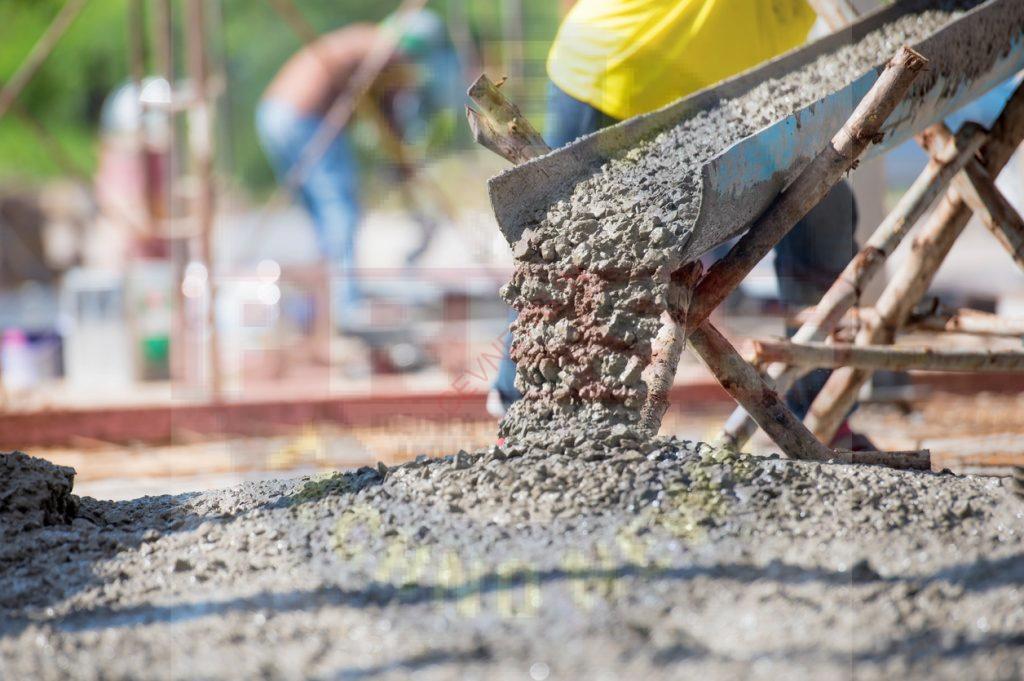FACTORS AFFECTING THE DESIGN MIX OF CONCRETE
Concrete mix design is the indication of concrete mix propositions including the type of admixtures used, concrete slump, etc.It provides a clear indication of which amount to be used for each type of material.
The concrete mix design is a process of selecting suitable ingredients for concrete and determining their proportions which would produce, as economically as possible, a concrete that satisfies the job requirements, i.e. concrete having a particular minimum compressive strength, workability, and durability. There are various factors that affect the properties of concrete, E.g. water and aggregates, Mixing, placing, compaction curing, techniques used for batching, and the quality and quantity of cement.
The various factors affecting the mix design are:
Compressive strength: It is one of the most important properties of concrete and influences many other describable properties of the hardened concrete. The mean compressive strength required at a specific age, usually 28 days, determines the nominal water-cement ratio of the mix. The other factor affecting the strength of concrete at a given age and cured at a prescribed temperature is the degree of compaction. According to Abraham‘s law the strength of fully compacted concrete is inversely proportional to the water-cement ratio.
Workability The degree of workability required depends on the below mentioned three factors:
Size of the section to be concreted
Amount of reinforcement
Method of compaction that is used
Durability: The durability of concrete is its resistance to the aggressive environmental conditions. High strength concrete is generally more durable than low strength concrete. In the situations when the high strength is not necessary but the conditions of exposure are such that high durability is vital, the durability requirement will determine the water-cement ratio to be used.
Maximum nominal size of aggregate
- Reinforcement spacing controls maximum aggregate size.
- Aggregate size is inversely proportional to cement requirement for water-cement ratio. This is because workability is directly proportional to size of aggregate
- However, the compressive strength tends to increase with the decrease in size of aggregate. smaller aggregate size offers greater surface area for bonding with mortar mix that give higher strength.
- IS 456:2000 and IS 1343:1980 recommends that the nominal size of the aggregate should be as large as possible.
- Finally, in accordance with ACI code, maximum aggregate size shall not exceed minimum reinforcement spacing, bar diameter, or 25mm.
Grading and type of aggregate
The grading of aggregate influences the mix proportions for a specified workability and water-cement ratio. Coarser the grading leaner will be mix which can be used. Very lean mix is not desirable since it does not contain enough finer material to make the concrete cohesive.
The type of aggregate influences strongly the aggregate-cement ratio for the desired workability and stipulated water cement ratio. An important feature of a satisfactory aggregate is the uniformity of the grading which can be achieved by mixing different size fractions.
Quality Control
The degree of control can be estimated statistically by the variations in test results. The variation in strength results from the variations in the properties of the mix ingredients and lack of control of accuracy in batching, mixing, placing, curing and testing. The lower the difference between the mean and minimum strengths of the mix lower will be the cement-content required. The factor controlling this difference is termed as quality control.
Stability
Stability needs low water cement ratio. It is generally obtained by reducing the water demand at a specified cement content rather than raising the cement content. Water demand can be reduced by controlling the aggregate grading and applying water reducing admixtures.


